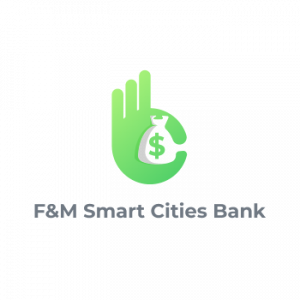
SCTCoin
Type of Private Digital Currency aimed at Smart Cities, Smart Buildings, Smart Malls or Smart Stadiums.
According to Wikipedia,
The agora of Athens (Greek, Αρχαία Αγορά της Αθήνας) was the center of political, administrative, commercial and social activity in ancient Athens, its religious and cultural focus, and the place where justice was dispensed. It was a large, roughly rectangular open space flanked by an accumulation of public buildings.
Over time, the Agora acquired a mixture of functions:)
Center of government
It was, among others, the place where the Athenians met to discuss their laws and decide the political future of their city, which was usually placed in the hands of those who best mastered oratory, the art of convincing. The philosophy of Socrates, or, more precisely, the Platonic dialogues (and Plato’s Academy, whose doors were open for several centuries) gave our way of thinking an imperishable basis, born in the bosom of a group of friends of sophia (wisdom) who opposed that democracy, of the agora, which left the future of the city in the hands of sophisticated orators and demagogues.
Until the reforms of Clístenes it was the place of concentration of the Ekklesía (Assembly).
The Athenian agora became a residential area during the Roman and Byzantine occupations. This was indisputably seen in the new forms implemented in terms of the art of discussion.
Sacred precinct
The Agora was a sacred place, as numerous sanctuaries testify. There were temples dedicated to the Olympian gods, Hephaestus, Zeus and Apollo.
Judicial seat
In the Agora were the courts where trials were held and where Socrates, among others, was sentenced to death for, according to his accusers, corrupting young people and introducing new gods.
Market
Its vitality was enhanced by the Via Panathenaica, the main street of Athens, -after passing through the Dipylon Gate-, and which was sometimes the main stage of the procession that crossed it during the Panathenaean festivals.
21ST CENTURY
Based on this concept, we could determine that SCTcoin is a type of Private Digital Currency or Private Digital Coin whose uses are mainly aimed at both Smart Cities or Smart Cities with the same economic-commercial basis among them in the Digital Economy of the 21st century, and Smart Buildings or Intelligent Buildings, Smart Malls or Smart Shopping Malls or Smart Stadiums or Smart Sports Stadiums, i.e. both at a more macroeconomic level as would be the case of cities and at a more microeconomic level as is the case of Smart Buildings, for example all this develops and interacts as the same network of digital platforms through which circulate various types of SCTcoins that adopt the name of each of their own local digital ecosystems but that share the same type of economic-commercial structures based on the new digital economy of the 21st century and that therefore can perfectly well be the same as Smart Cities or Smart Cities with the same economic-commercial basis in the Digital Economy of the 21st century. Therefore, they can be perfectly interchangeable between each of the aforementioned local ecosystems.
